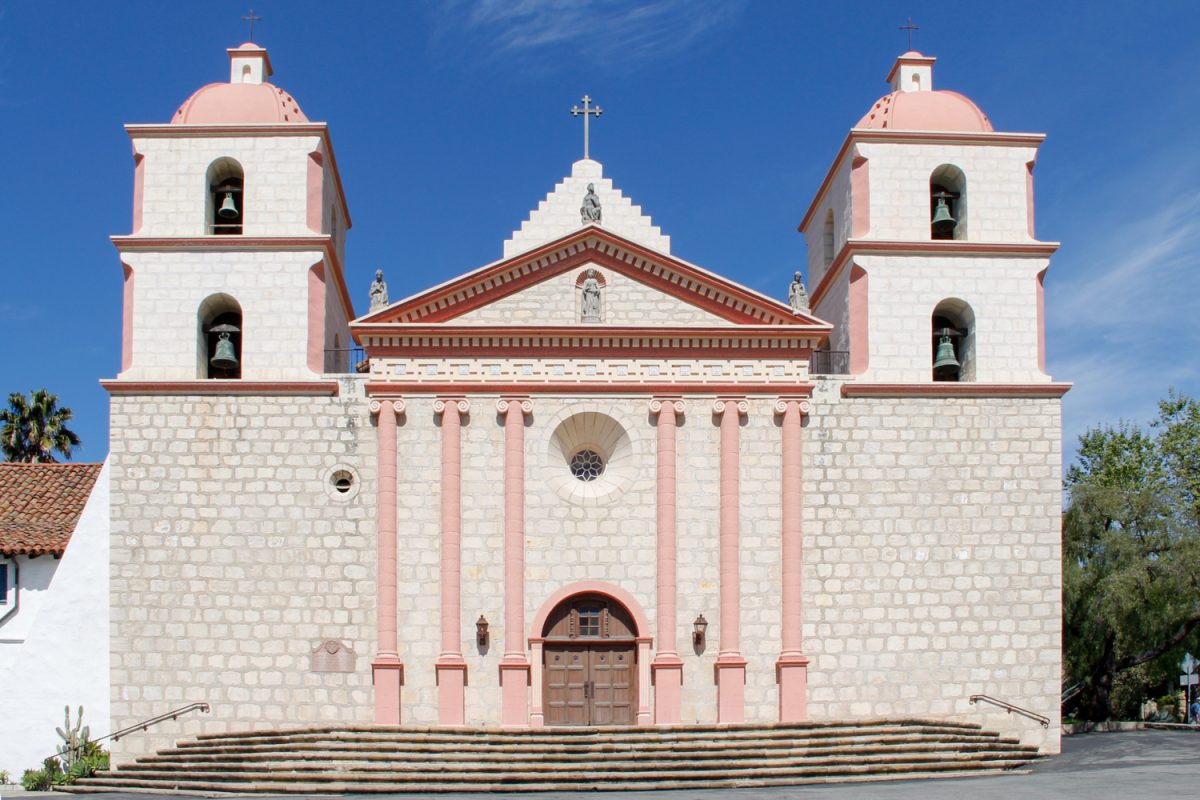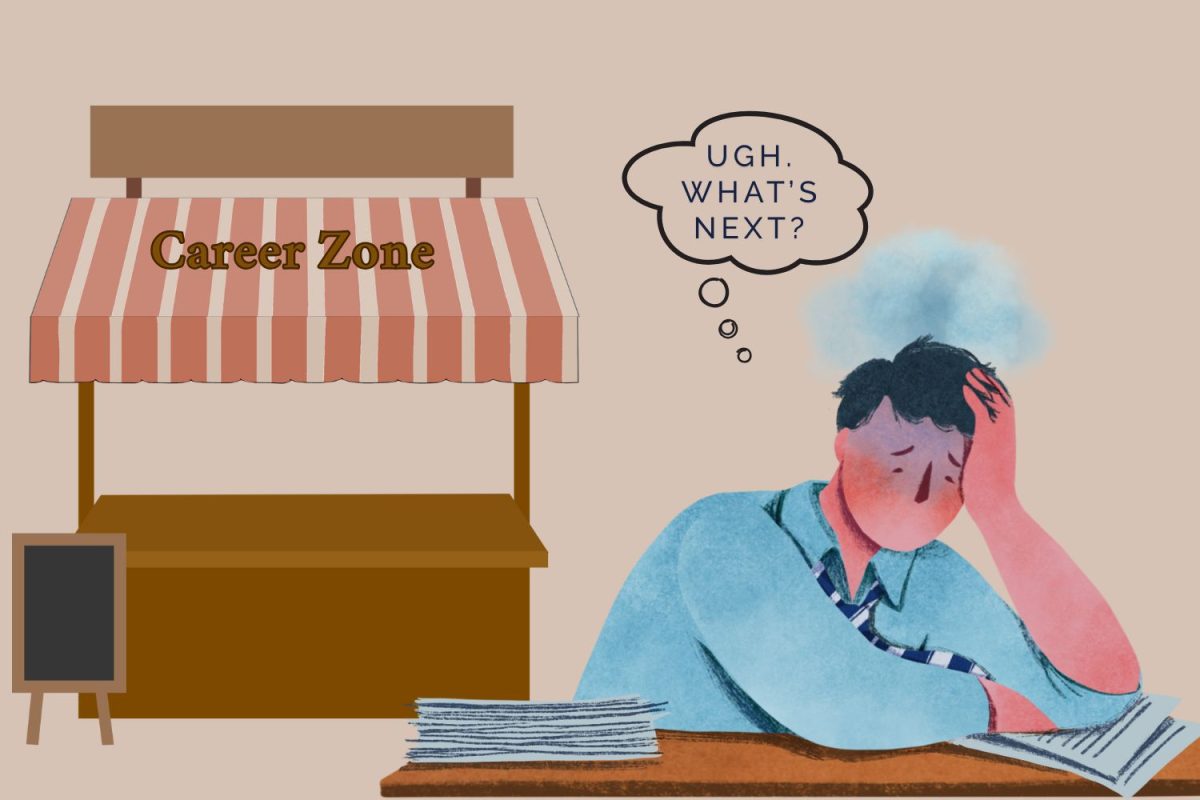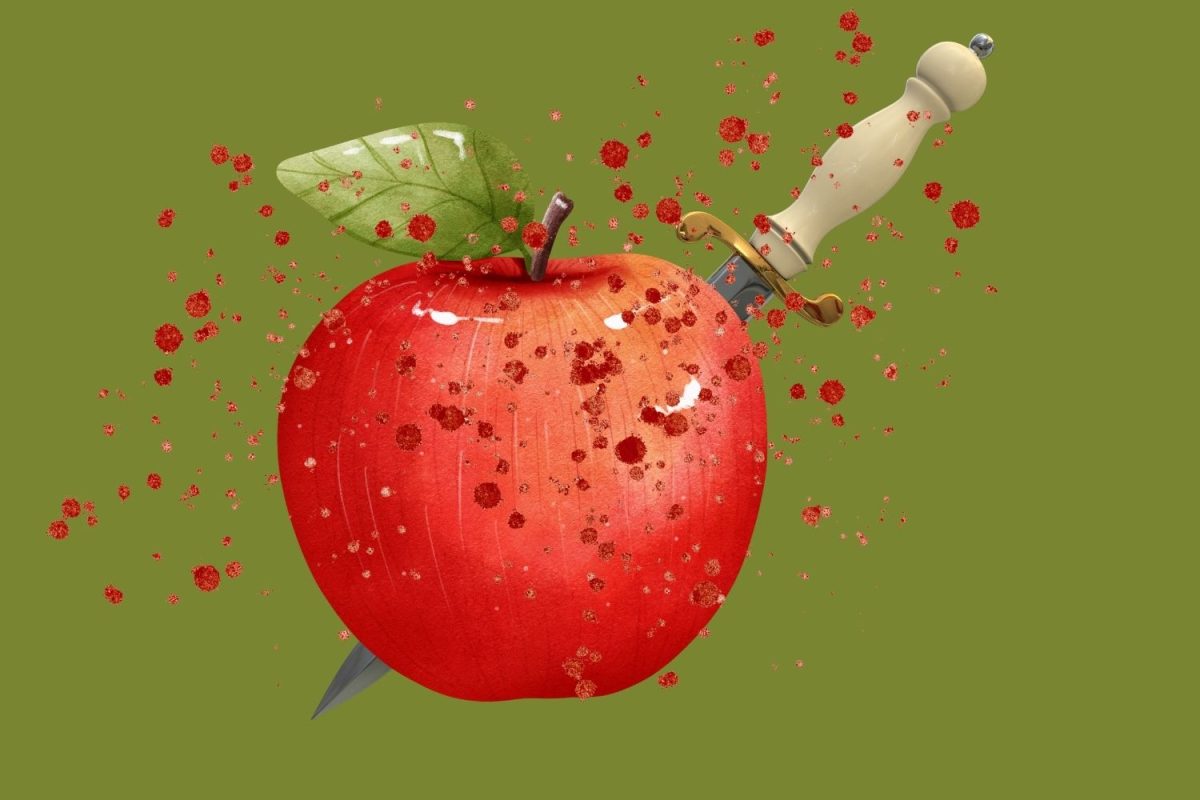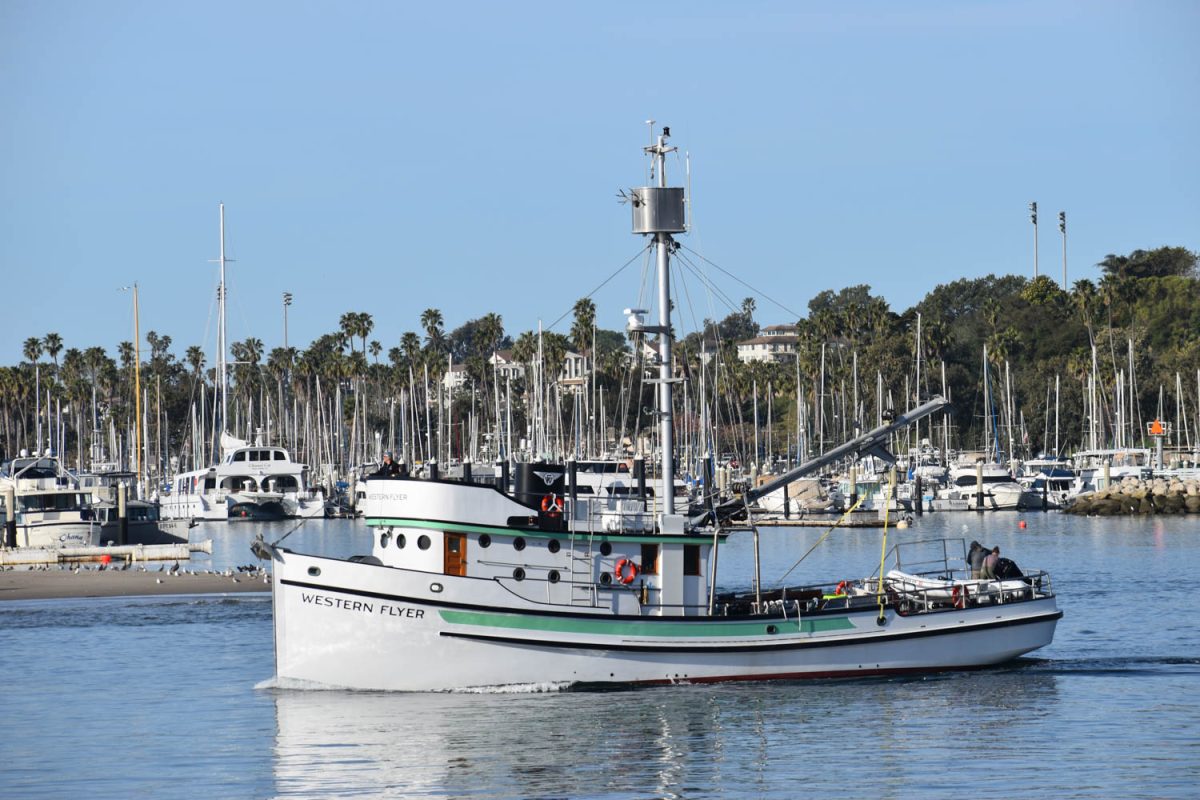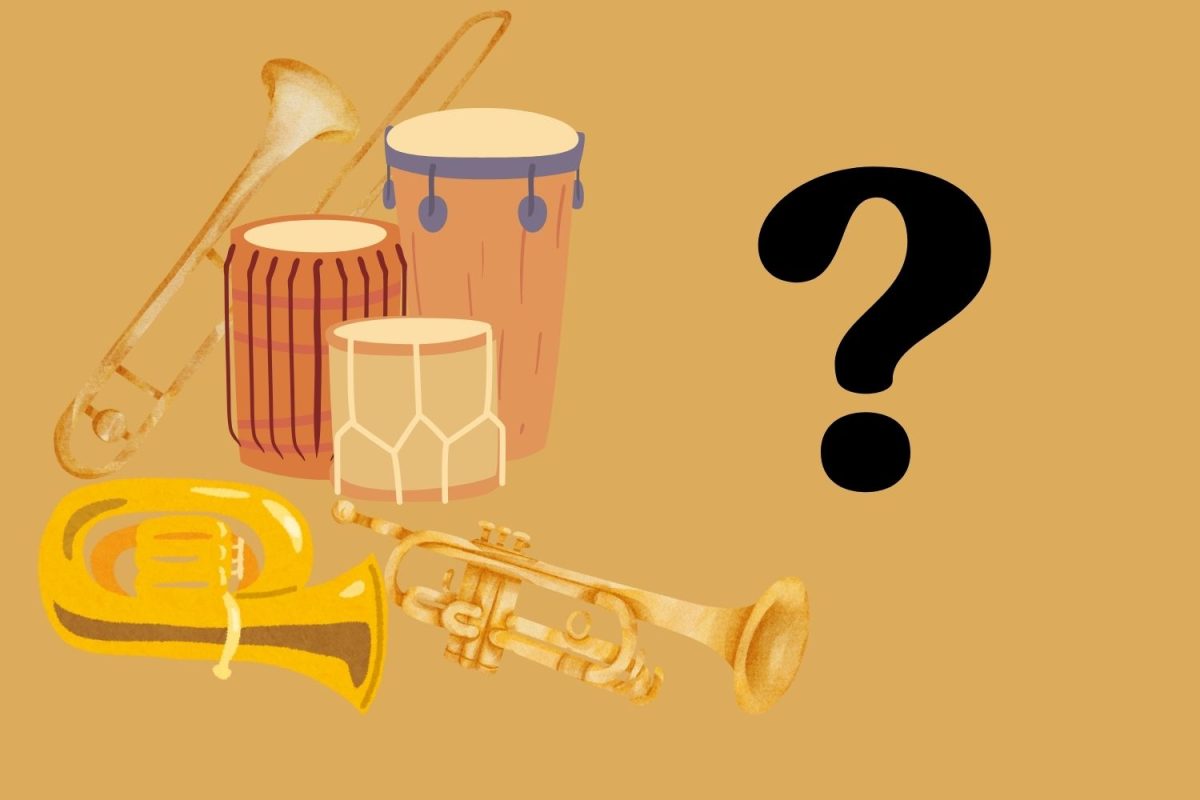The California coast is rich with both modern and historic value, a landmark close to home known as The Mission Santa Barbara, or simply The Mission, has been a cultural hub for nearly 240 years.
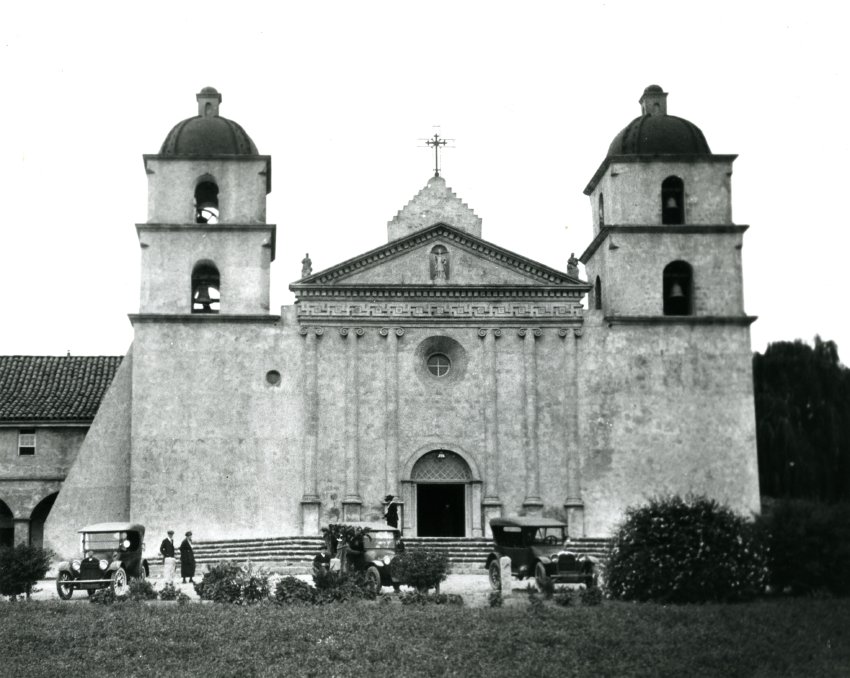
While locals and tourists alike recognize The Mission, knowledge of its earlier history has slipped through the cracks. In honor of nearly a century since the 1925 earthquake that tore the parish’s twin bell towers, as well as 85% of the Downtown Santa Barbara area to the ground, here’s some more information about how this feat of Spanish Colonial architecture came to be what it is today.
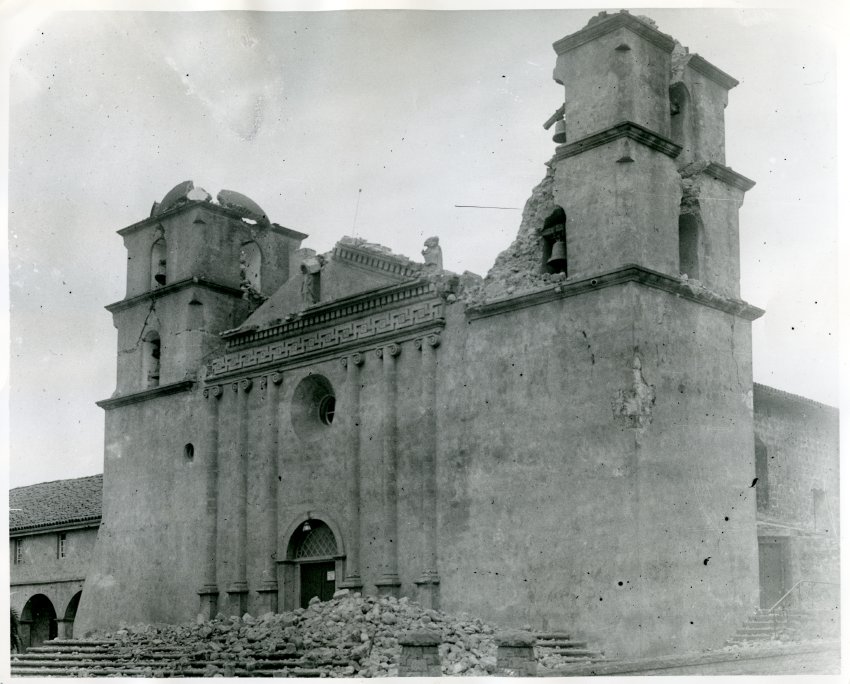
In 13th century Italy, Saint Francis of Assisi formed a Catholic order known as the Franciscan Order. Members of this order are said to have dedicated themselves to supporting those around them, abandoning common comforts and embracing humility.
A group of Spanish Franciscans led by the Reverend Fermín Lasuén chose The Mission’s familiar location next to a natural spring and overlooking the scenic Santa Barbara Coast to erect what would soon be known as the “Queen of the Missions.”
This area had originally been home to the Chumash people for thousands of years before the arrival of Europeans. The Franciscans of Mission Santa Barbara aimed to spread Christianity to the Chumash people, as well as blend them with the Spanish colonial economy.
The Chumash people had lived in the Santa Barbara region for thousands of years, developing advanced skills in fishing, basket weaving, navigation, and even handmade boats that are still intact and on display locally today.
Some evidence of this is a handwritten book of baptism records listing names of those the Franciscans worked with.
An excerpt exists regarding Chief Yanonali of the Syuxtun village, located roughly west of Mission Creek’s mouth. Yanonali Street, lying between the Wharf and the 101 Freeway, was named after the Chumash leader.
Chief Yanonali, or Rex as the records state, was baptized by the Franciscans and was given the name Pedro.
Thanks to the group dedicated to its history, known as the Santa Barbara Mission Archive Library (SBMAL), which has worked tirelessly to preserve its roughly 5,000 rare books as well as other one-of-a-kind historical pieces.
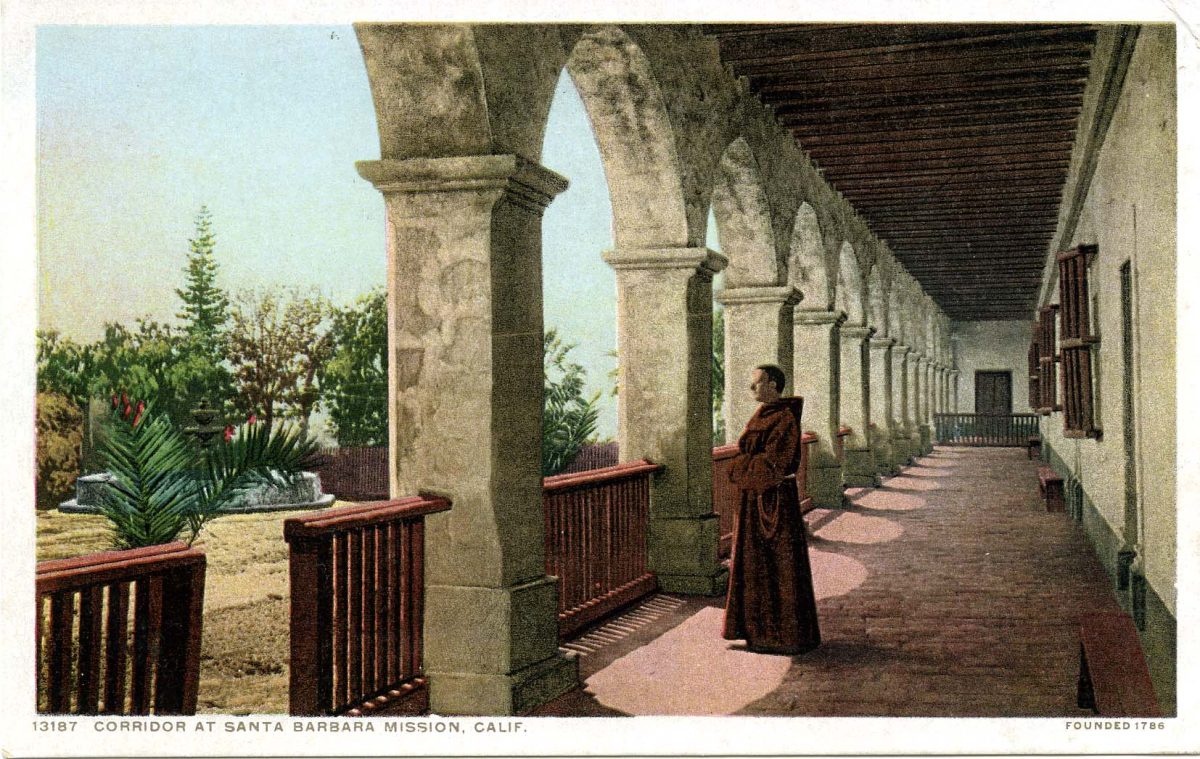
The baptism record book, as well as many other artifacts, were all on display Saturday, April 5. for the SBMAL’s monthly open house showing. With their location in the newer wing of The Mission, as well as the staff’s genuine interest in both the history and the community, it’s become a great place to learn about the parish’s history.
This month’s showing also displayed 22 oil paintings belonging to an artist named Edwin Deakin. Around the 1890’s, Deakin’s interest in the architecture and settings of the 21 California Missions drove him to sketch and later paint all of the buildings.
“For us, they’re a great moment in time before a lot of the Missions were brought up to the current historic preservation level that we expect and see,” said SBMAL Collections Manager Andrew Walsh. “With the exception, of course, of Santa Barbara. [It] was the only Mission that the friars didn’t leave in some capacity.”

This process took him roughly 20 years, even creating a second painting of Santa Barbara’s parish front.
The Mission Santa Barbara continues to hold cultural and historical relevance today, with events such as the “I Madonnari Street Painting Festival”, as well as having the oldest unbroken tradition of choral singing of all the California Missions, and further, of any California institution.
The property is a notable feature of the coastal city, regardless of religious belief or opinion, for its historical roots, notable features, such as the Mission Rose Garden, and central location within Santa Barbara County.
Mission Santa Barbara stands as a living testament to the rich cultural history of the region, blending Spanish colonial architecture with the enduring legacy of the Chumash people. While it serves as a place of worship and historical reflection, the Mission also plays an important role in preserving and sharing California’s lengthy history.
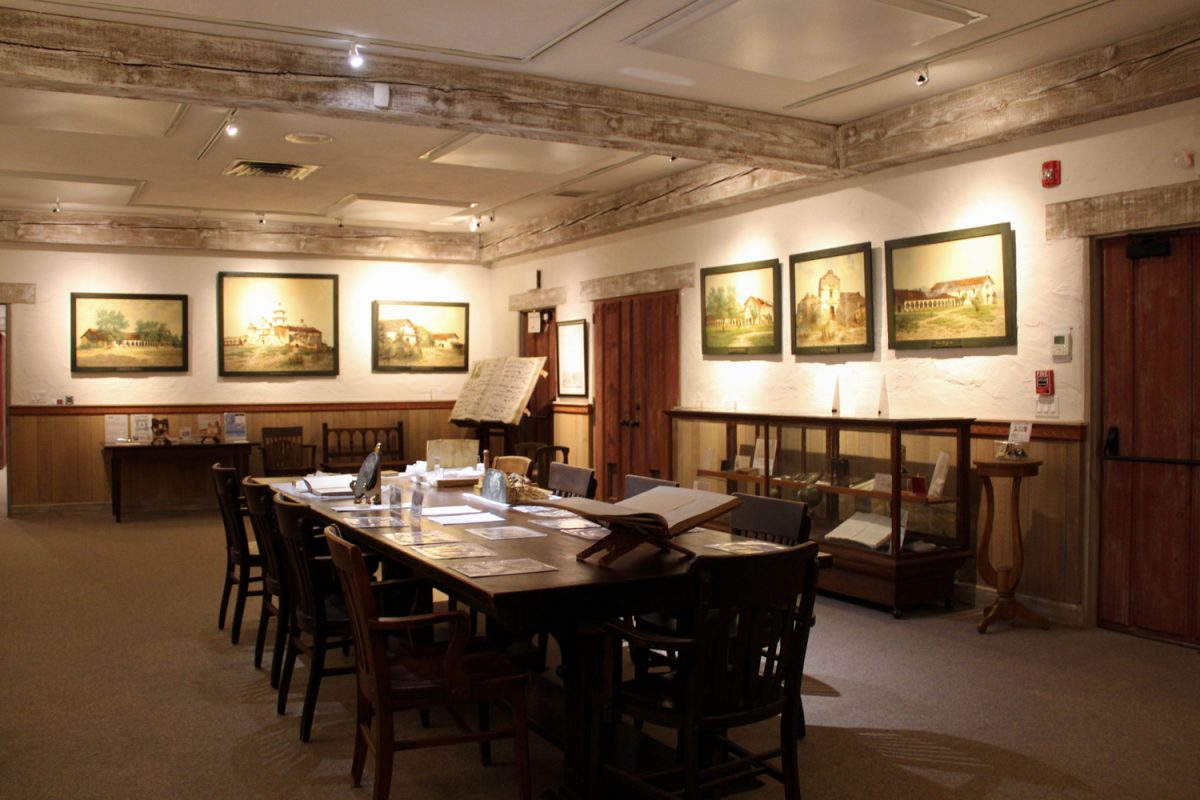
Educational programs and cultural exhibits prove useful in displaying the Mission’s contribution to history, good and bad, which continues to shape the city’s identity and teach residents and visitors alike about our past, and what we can learn from it.


